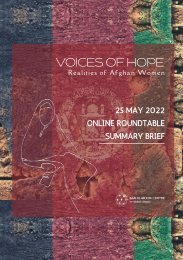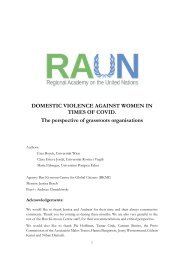Europe and North America Regional GCED Network
The report “Europe and North America Regional GCED Network” is based on a research project funded by Asia-Pacific Centre of Education for International Understanding (APCEIU) and Ban Ki-moon Centre for Global Citizens (BKMC) led by Lynette Shultz (Centre for Global Citizenship Education and Research, University of Alberta) and Massimiliano Tarozzi (International Research Centre on Global Citizenship Education, University of Bologna) as Principal Investigators. The research team was composed of Carrie Karsgaard and Carla Inguaggiato, with the support of Kester Muller and Francis Owusu.
The report “Europe and North America Regional GCED Network” is based on a research project funded by Asia-Pacific Centre of Education for International Understanding (APCEIU) and Ban Ki-moon Centre for Global Citizens (BKMC) led by Lynette Shultz (Centre for Global Citizenship Education and Research, University of Alberta) and Massimiliano Tarozzi (International Research Centre on Global Citizenship Education, University of Bologna) as Principal Investigators. The research team was composed of Carrie Karsgaard and Carla Inguaggiato, with the support of Kester Muller and Francis Owusu.
You also want an ePaper? Increase the reach of your titles
YUMPU automatically turns print PDFs into web optimized ePapers that Google loves.
Graph 3 : Meeting network<br />
These three networks show some clear patterns. First, the division of two<br />
geographical areas is clearly visible in the network graphs; nodes of the same<br />
colors are closely located. Second, the organizations that did not respond,<br />
represented as squared nodes, are mostly located at the periphery of the<br />
network. This is the case for two reasons. First, they did not name ties as they<br />
were not being interviewed; therefore, their out-degree (number of outgoing<br />
neighbours) is 0. Second, few of the respondents named them as their ties, so<br />
their in-degree is very small (number of incoming neighbours). Third, there is no<br />
clear pattern between the dimension of the node (resources devoted to <strong>GCED</strong>)<br />
<strong>and</strong> its position in the networks. This suggests that the centrality in the network is<br />
not a function of the resources devoted to <strong>GCED</strong>.<br />
Chart 7 : Organization centrality <strong>and</strong> resources to <strong>GCED</strong><br />
<strong>GCED</strong> resources <strong>and</strong> network centrality<br />
0.45<br />
0.4<br />
0.35<br />
0.3<br />
0.25<br />
0.2<br />
0.15<br />
0.1<br />
0.05<br />
0<br />
between<br />
less than 20%<br />
20% <strong>and</strong> 50%<br />
more than 50%<br />
Q1 centrality<br />
Q2 centrality<br />
Q3 centrality<br />
Q4 centrality<br />
044ㆍ045


















